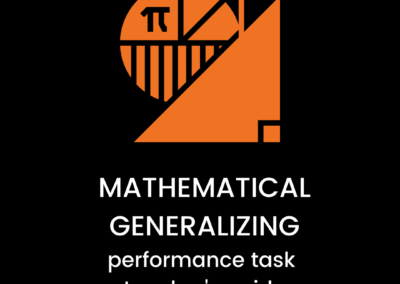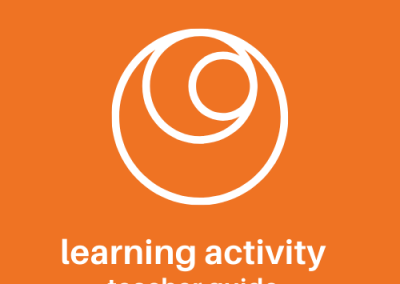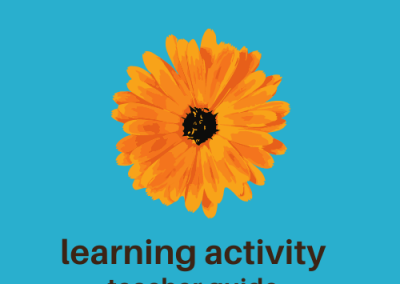Text Feature Grid
This activity develops awareness of the many textual features that may be present in different types of texts, and helps students to draw meaning from these text features. When students are aware of the presence and role of a variety of text features, they are better able to plan and execute an effective strategy for reading complex texts.
CONTENT AREA
LEARNING MODALITY
LEARNING CYCLE STAGE
Preparation
- Identify the texts you would like to focus on. You should aim to gather a selection of texts that represent a range of genres and styles, and that incorporate a range of text features. Texts should be brief, unless you plan to extend this activity beyond a single class period.
- Prepare a grid graphic organizer. Alone the top, put the names of 3-5 texts. Alone the left-hand side, include the text features that you would like students to focus on. You can include text features such as: captions, pictures, graphs/tables/charts, abstract, headings, subheadings, table of contents, glossary, chapter titles, preface, forward, summary, footnotes, endnotes, vocabulary words, etc.
Activity Steps
1
Teacher reviews the text features that students will be focusing on. Teacher provides examples of each, as needed.
This activity will work best if students are already familiar with the text features, so you should plan on teaching them before attempting this activity.
2
Teacher displays a text, and models identifying text features and marking them on the grid. Then, teacher models thinking aloud about what they can learn from each feature of the text, and writing what they learn in the appropriate square of the grid.
You may want to model with a text that students are already familiar with, so that they can focus on the strategy.
Some text features can be interpreted without reading the text (like a vocabulary word bank), whereas other require you to read the text (like many footnotes). Depending on the features you choose, you can decide whether you should include reading the text itself in your modeling.
3
Teacher distributes texts and graphic organizers. Students prepare to work alone or in pairs.
If you decide on pairs, it can be nice to assign pairs so that struggling readers can be supported by stronger readers.
4
Students look through each text, and identify which text features are present in each text. Students mark the relevant boxes on their grid with a dot in the corner of each box.
Circulate as students are working, asking them about their thinking and helping to clarify any confusion.
Alternatively, students can highlight the boxes of the text features they find.
5
Students focus on each text in turn. They read each text, and examine the text features they identified. In each box, students write what they learn from each text feature.
Some text features give a lot of information (like a glossary), whereas others give very limited information (like some graphs). Ask students to summarize or to write some key information in the boxes if the text feature provides a lot of information.
6
Teacher leads class discussion about the text features students identified, how they are useful, and how they provide meaning.
Help students to think about why writers may include each feature, what its role is, and how a reader can use each feature most effectively.
7
Students reflect on their learning alone or individually, orally or in writing.
Students should respond to questions including:
- Why do different genres include different text features?
- How can you predict which text features might be present in a text? How can you use your predictions to plan your reading?
- How can you use text features to support your learning?
- When might this activity be most useful for you?

























